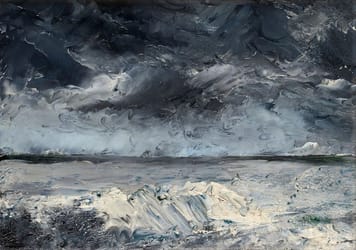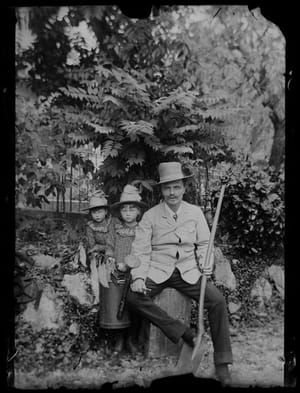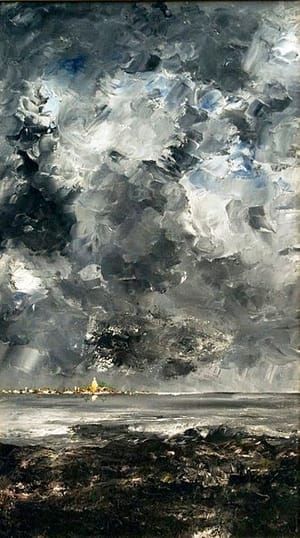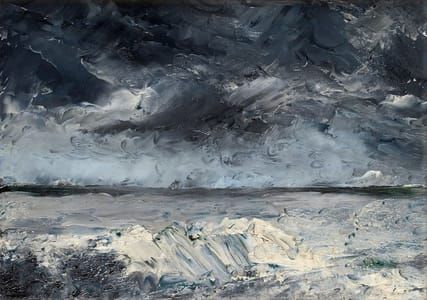

Packis i stranden (Pack Ice on the Beach), 1892
August Strindberg
Strindberg painted mostly when he struggled with his writing, in the 1890s and early 1900s. He painted the sky and the sea and the land with vigorous brush strokes, in dark colours which were likely a reflection of his mood at the time. In an essay from 1894 called “Chance in Artistic Creation,” he describes how he chooses “a middle-sized canvas… so that I can finish the painting in two or three hours, for as long as my mood lasts”.
August Strindberg’s paintings were years ahead of their time, more akin to paintings by abstract expressionists than works by a late-19 century Swedish playwright, novelist, poet, photographer and painter. (https://jdcoto.wordpress.com/tag/strindberg/)
Strindberg turned to painting in times of upheaval in his personal life or when his capacity as a writer failed him. He saw the arresting landscape outside his native Stockholm as a metaphor for his inner turmoil and painted the waves, rocks and ever-changing skies in a vast array of compositions, colour palettes and moods. Although landscapes in subject matter, these works can also be seen as symbolic self-portraits offering an illuminating insight into the mind of this often-troubled genius.
Strindberg believed that chance played a vital role in the creative process and explored this concept in his painting, photography and artistic writings. This was an individual and radical approach for the time but later became central to the theory of major artistic movements such as Surrealism and Expressionism.
(http://www.tate.org.uk/whats-on/tate-modern/exhibition/august-strindberg-painter-photographer-writer)
Uploaded on Apr 17, 2017 by Suzan Hamer
August Strindberg
artworksArthur
Wait what?


